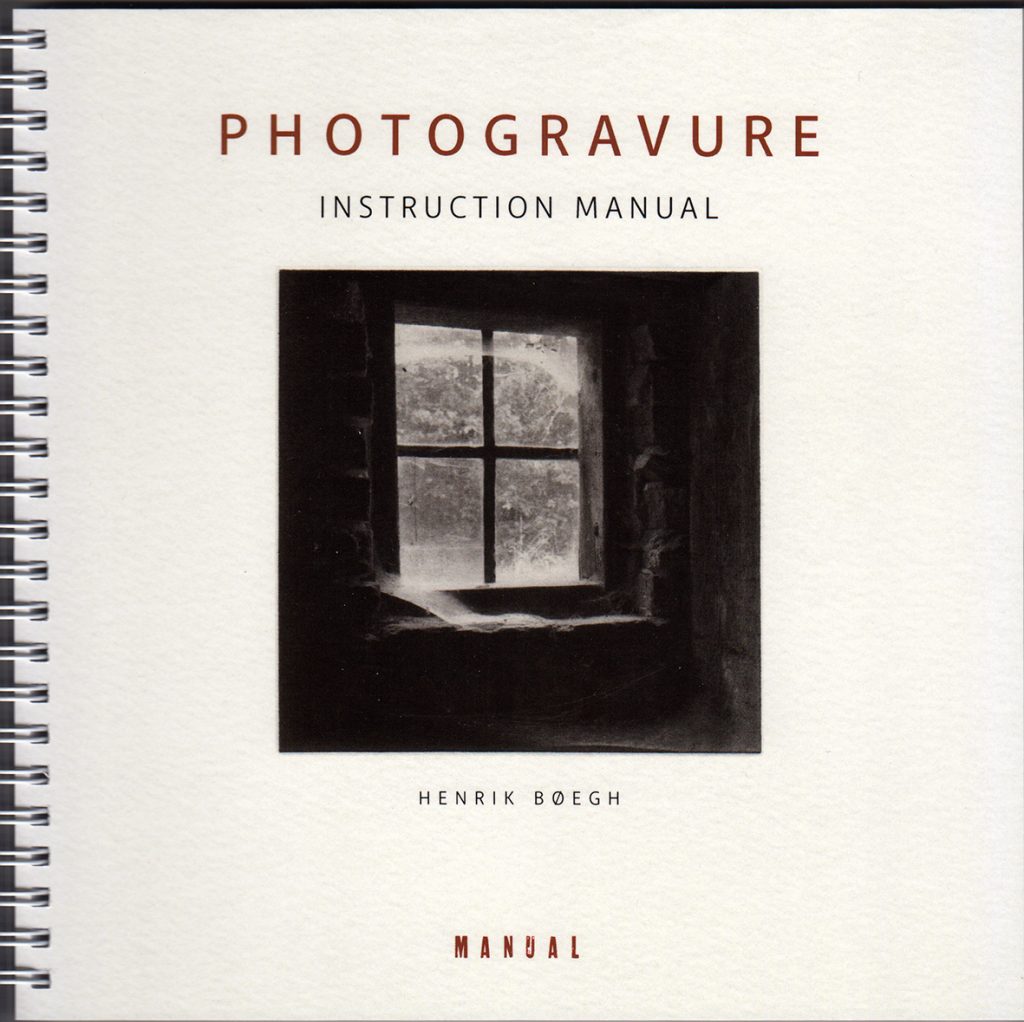Artist Henrik Boegh of Denmark, author of Handbook of Non-toxic Intaglio: Acrylic Resists, Photopolymer Film & Solar Plates Etching has just released a must-have handbook that covers many of the basics of his first book for creating supurb plates and prints using the classic Double-exposure method and an aquatint screen. This book is for beginners and slightly more advanced for students with an interest in more advanced Duotone techniques, as well as Direct-to-Plate, or DTP.
Henrik is a veteran author and University professor who has taught printmaking for decades after leaving his post as Chair of the Economomics department at a prestigious university in Copenhagen to pursue his craft of printmaking.
This book cuts to the chase and provides essential guidance for the begining student and excellent set of guidelines and new approaches that may surprise even the most photographically critical printmakers.
Look inside the book and buy it here: https://www.grafiskeksperimentarium.dk/butik/photogravure-instruction-manual/photogravure-instruction-manual/?lang=en
Superb troubleshooting tips throughout the book keep the student informed of all the common pitfalls of his process and provides inventive approaches to creative mark-making not previoulsy published by this veteran author and artist.
Buy the Photogravure Handbook by Henrik Boegh here: https://www.grafiskeksperimentarium.dk/product-category/photogravure-instruction-manual/?lang=en






